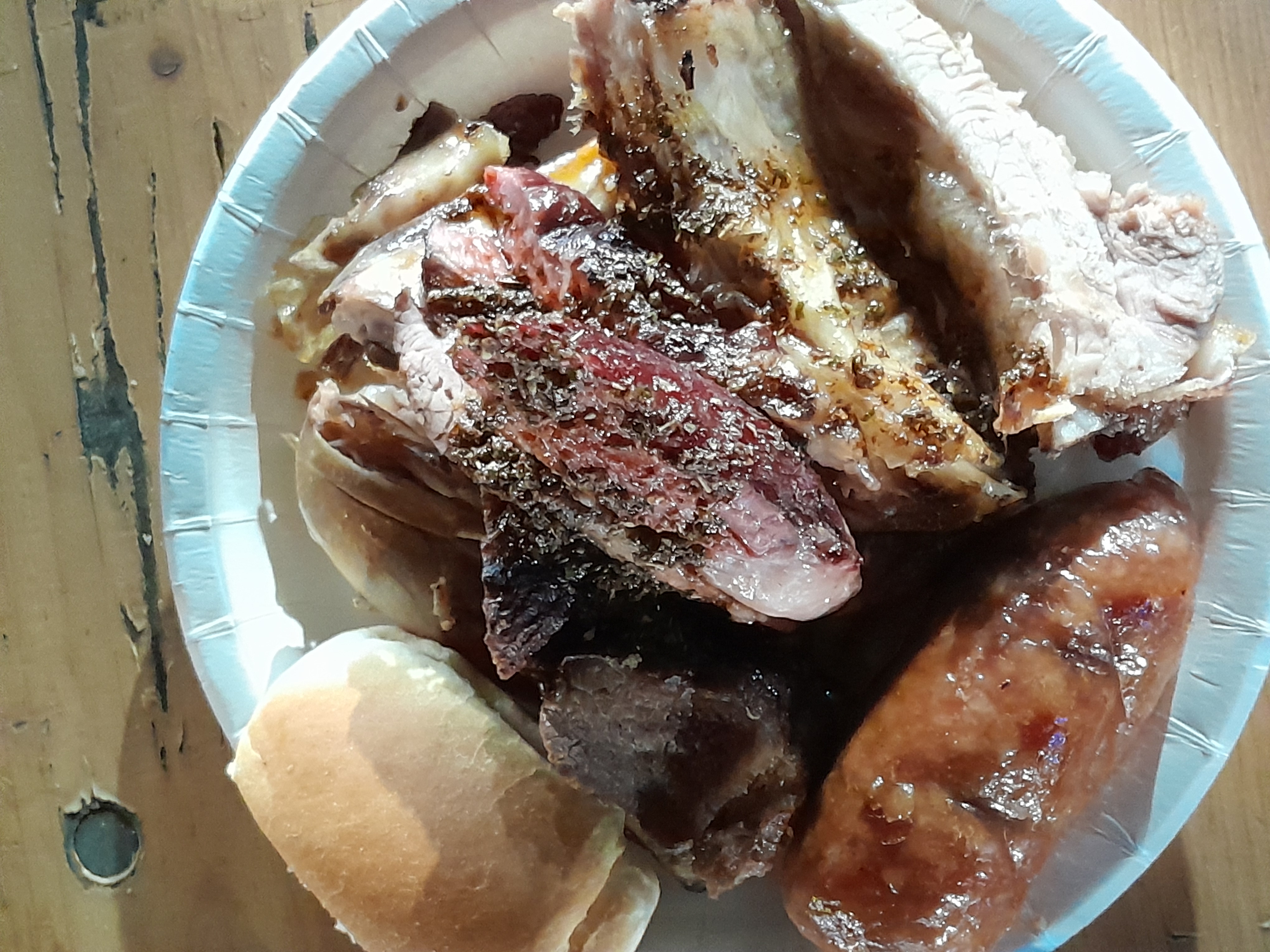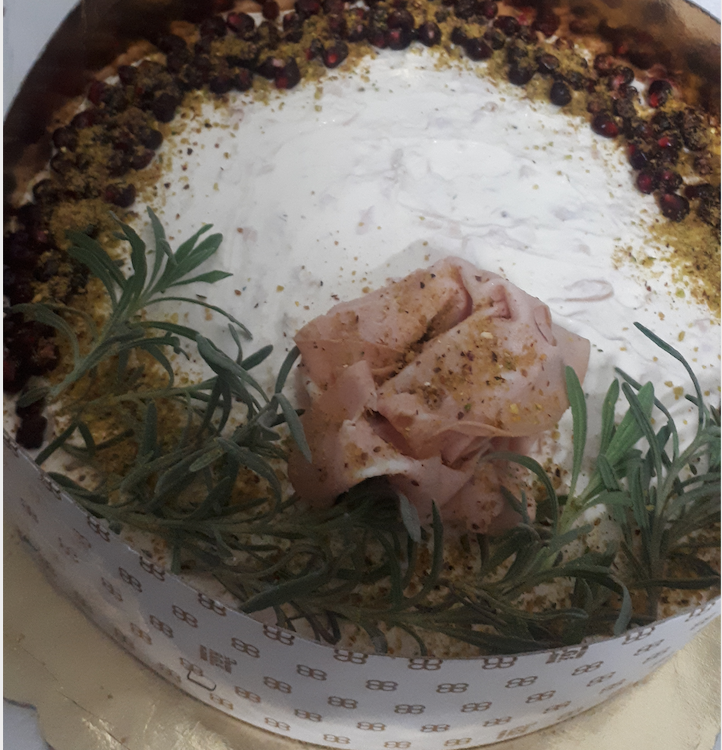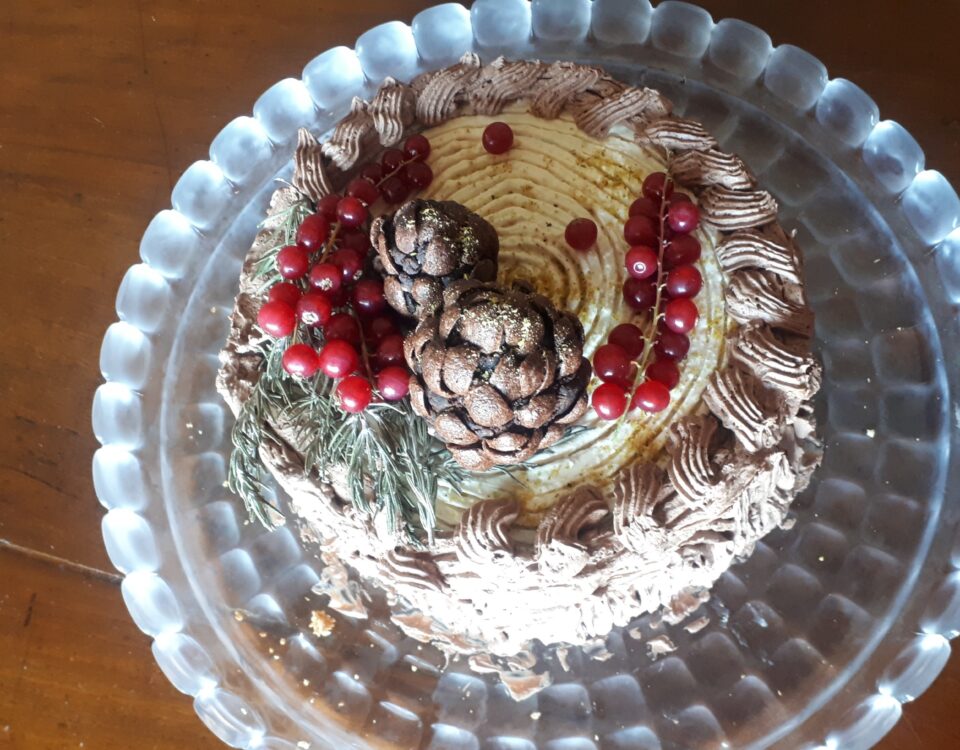Oregano and lemon zest, two things I cannot live without!
novembre 15, 2011Delicious fried cardoons, aka “cardi in pastella”
dicembre 20, 2011
December 13th in Palermo: what’s the story?
Do you know why here in Sicily on December the 13th, which is the day of the Sicilian Virgin and Saint Lucy, we eat some stuff called: “cuccìa”, “panelle” and above all the famous “arancine”?
Let’s make it clear once and for all 🙂
The story has got ancient roots, in the XVIIth century the city of Palermo and probably all the areas around were suffering from a terrible famine; people were starving and had nothing to eat, so they started to pray Saint Lucy who was originally from the Sicilian town of Siracusa.
On the day of her festivity in 1646 (during the famine) a huge ship arrived in the harbour of Palermo and it was full of wheat.
The tradition: Why we don’t eat “FARINACEI”? (farinacei are flour-based food)

People were so hungry that use the grain just as it was, boiled and eaten it with the few things they had like oil of olive, ricotta and vegetables.
Little by little the tradition of cooking the wheat in grains spread on that day and people started to make also a sweeter version which in Sicily has always to be with ricotta cream.
The name of this dish is “cuccìa” (the pic above is the sweet cuccìa).
Probably coming from the word “cocciu“, which literally means grain.

So this day is the only day of the year in which pasta and bread are banned from our tables, to remind us the story of this miracle.
Having banned all the food made of wheat people had to eat other stuff apart from the cuccìa, so they started to eat potato pies, panelle which are chickpea fritters (the big pic above).
Here on the right there is the sweet version called panelle dolci, filled with little custard cream and caster sugar sprinkles on top.
What is the most popular food associated with December 13th?
The food that the majority of Palermo citizens relate to this day are the unique “arancine”, scrumptious fried rice balls filled with different ingredients: ham & mozzarella cheese or minced meat ragout (the classic ones) but today you also find them with spinach, salmon, sausages and other flavors.
 Although it started like a day of penitence (back in 1600) today by contrast it is popularly known as “the day of arancine”.
Although it started like a day of penitence (back in 1600) today by contrast it is popularly known as “the day of arancine”.
That means that the “average palermitano” (palermitano = Palermo dweller) stuffs himself/herself with minimum 4 or 5 (and sometimes even 8,9,10!!!) rice balls!
Probably, if you ask them why there is no bread or pasta they don’t even know how or what to answer.
They just know it’s the arancina day!
I am a huge fan of traditions, but I think it’s important to know their stories and where they actually come from, so if you wanna try an arancina, or a sweet panella or some cuccìa on this very special day for us, feel free to do so, but at least now you know why!
To find out more about saint Lucy, read HERE








6 Comments
Wow. Awesome article. Please do more articles like this in the future. Very informational and knowledgeable. I will expect more from you in the future. For now i will just bookmark your page and surely I'm gonna come back later to read more. Thank you to the writer!
Rica
http://www.imarksweb.org
Thank you for sharing this story,
My mother Lucia from Palermo has been making Rice balls on Dec 13th and today I know why.
Thank you so much for your comment pellegrinostratt 🙂
See? Now you can enjoy the story as well as the arancine!!!
I am half Neapolitan (my mother is from a small town in the province of Naples) and half Sicilian (my father's family originates in Palermo). I grew up with the tradition of rice balls, panelle, and a stew out of ceci being made and eaten every Dec 13. An uncle on my Sicilian side used to eat cuccia for breakfast on that day, but I never did.
On my mother's family had a different tradition on Easter, where they would make and eat a cake made of wheat grains, citron, and ricotta baked in a crust (basically a pasta frolla filled with cuccia. No one ever told me why my Sicilian half ate rice balls, but my Neapolitan family had a similar story about a famine and a ship filled with grain that arrived in Naples port around Easter during the same time period.
My question is: Are both stories true? Ironically Naples and Sicily were once united as the Regno delle due Sicilie (The Kingdom of the Two Sicilies), so even though they are both very different today, I am wondering if there was some cultural exchange where one tradition gave rise to the other.
Forgot to add: I was born in the USA, where my mother emigrated in the 1950s from the Naples area (and still has plenty of family in Italy). My dad (the Sicilian side) was American-born like me, and both his parents were from Palermo but lost all ties with any relatives that might have remained there. So I know a lot more about my Neapolitan half than my Sicilian half, and would like to learn about the Sicilian half as well 🙂
I grew up in a traditional Sicilian American home. We celebrated all the Saints holidays and Santa Laucia was the one that was the most memorable because we ate cuccia for breakfast ,lunch and dinner . It was day of sacrifice and as I look back I see so much tradition is lost but I am so happy that my family celebrated these days as a reminder of famine.
Today I see it as a remembrance of the plight of many other cultures where basic needs like food and water are lacking ,and I use my Santa Lucia tradition to bring to consciousness to this sad fact .